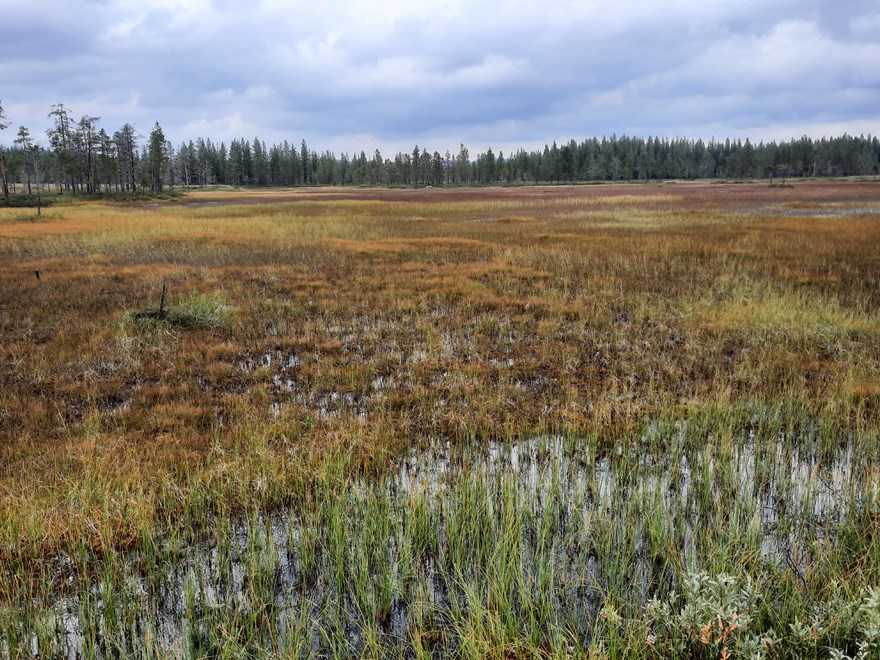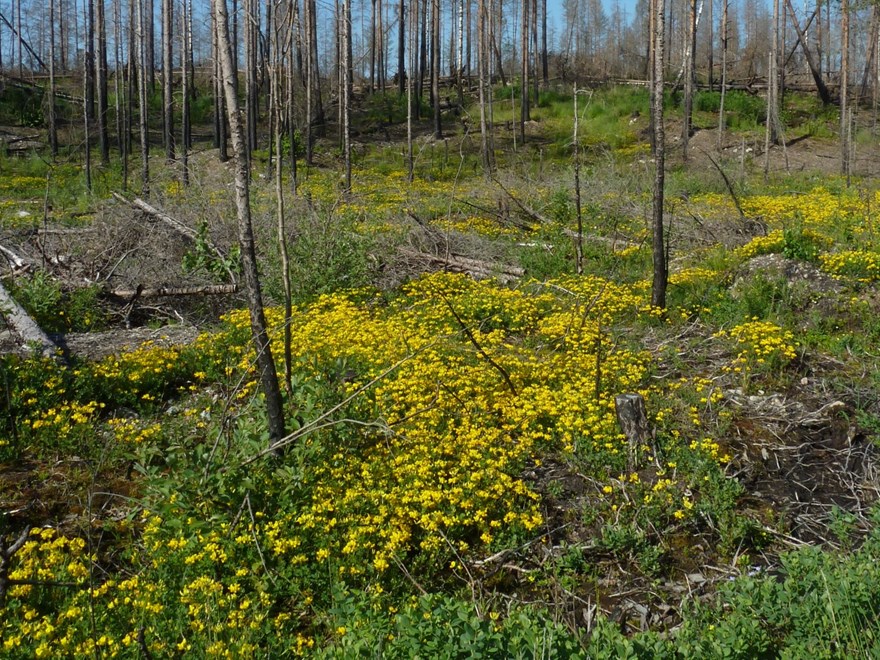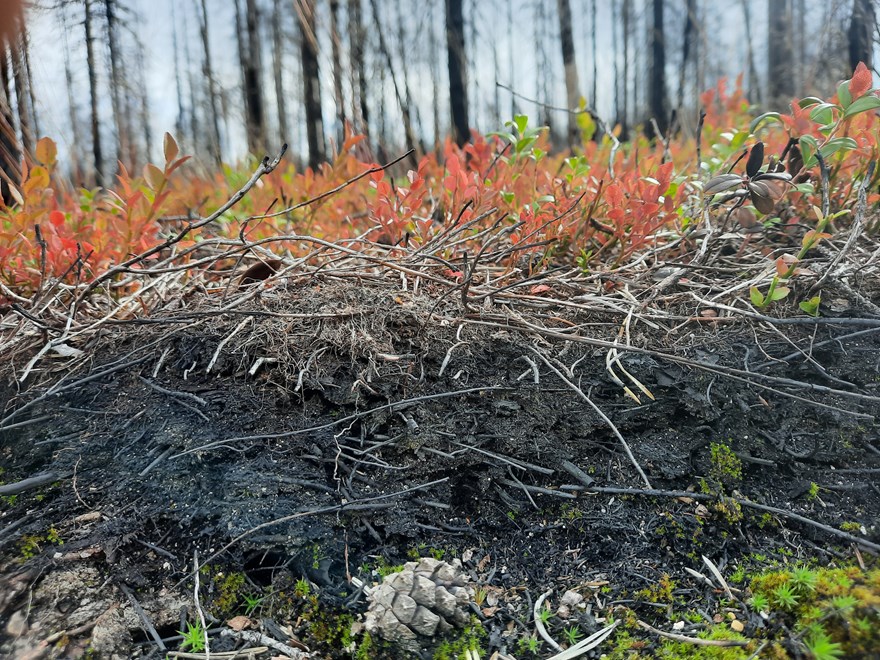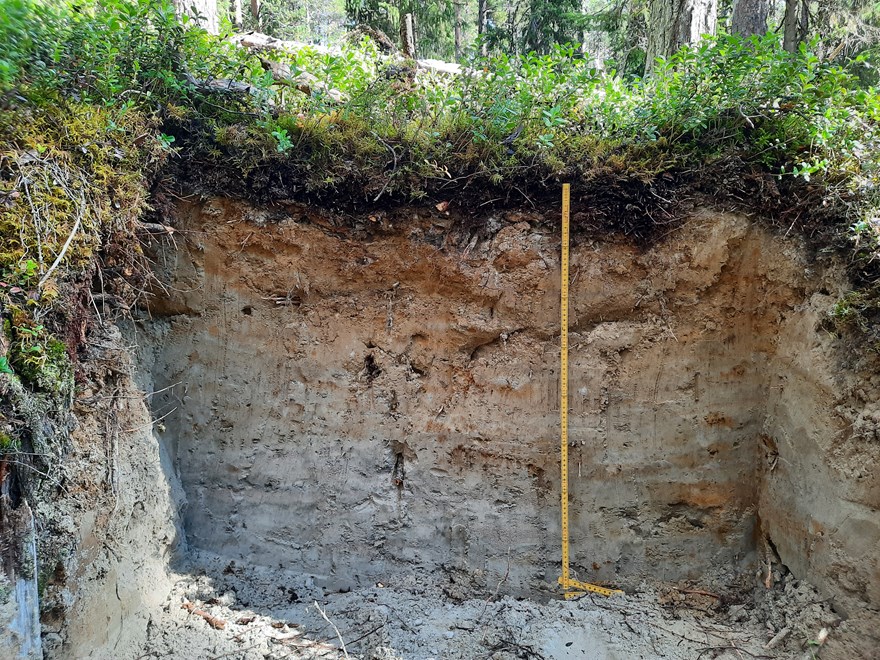Department of Forest Ecology and Management, Department of Forest Ecology and Management, joint staff
Forest soil
The subject area forest soils include biogeochemistry of major and trace elements, pedology and plant-soil interactions.
Here we combine controlled laboratory and field experiments, at molecular-scale characterization of natural organic matter and plants and to reveal the kinetics and thermodynamics of chemical speciation and linkage between trace metals, sulfur and iron geochemistry including the following methodologies:
- X-ray absorption spectroscopy (XAS),
- Nuclear Magnetic Resonance Spectroscopy (NMR),
- Isotope Ratio Mass Spectrometry (IRMS),
- Pyrolysis Gas Chromatography/Mass Spectrometry (Py-GC/MS)
In collaboration with Umeå University, we use species-specific isotope dilution (SSID) coupled to ICP-MS to study processes of mercury transformation to methyl mercury and elemental mercury in laboratory experiments. We use natural N supply gradients in the field as well as large-scale stem-girdling and long-term N addition experiments, stable isotopes like 13C and 15N at natural abundance or as tracers in large-scale pulse-chase labelling of trees and soil to trace the flow of C across the plant-microbe-soil continuum and of N in the opposite direction.
Nucleic acid and phospholipid fatty acid fingerprinting methods are applied for stable isotope probing and characterisation of the soil microbial community composition including that of mycorrhizal fungi. Of particular interest is to unravel the causes to the widespread N limitation to plant growth and diversity in boreal forests. In collaboration with Lawrence Livermore National Laboratory, USA, we use Nano-Scale Secondary Ion Mass Spectrometry (Nano-SIMS) to identify which soil microbes are major competitors for recent photosynthate and plant available N. A more complete understanding of plant-microbe-soil interactions is crucial for a sustainable use of forest ecosystem services.
Focal areas include:
- Interactions among soils, microbes and plants, and their implications for forest nutrition management, long-term productivity, soil and water acidification and carbon cycling between soil and atmosphere.
- Biogeochemical transformations of mercury and other metals and how they are affected by forestry operations.
Department of Forest Ecology and Management, Department of Forest Ecology and Management, joint staff
Department of Forest Ecology and Management, Department of Forest Ecology and Management, joint staff



